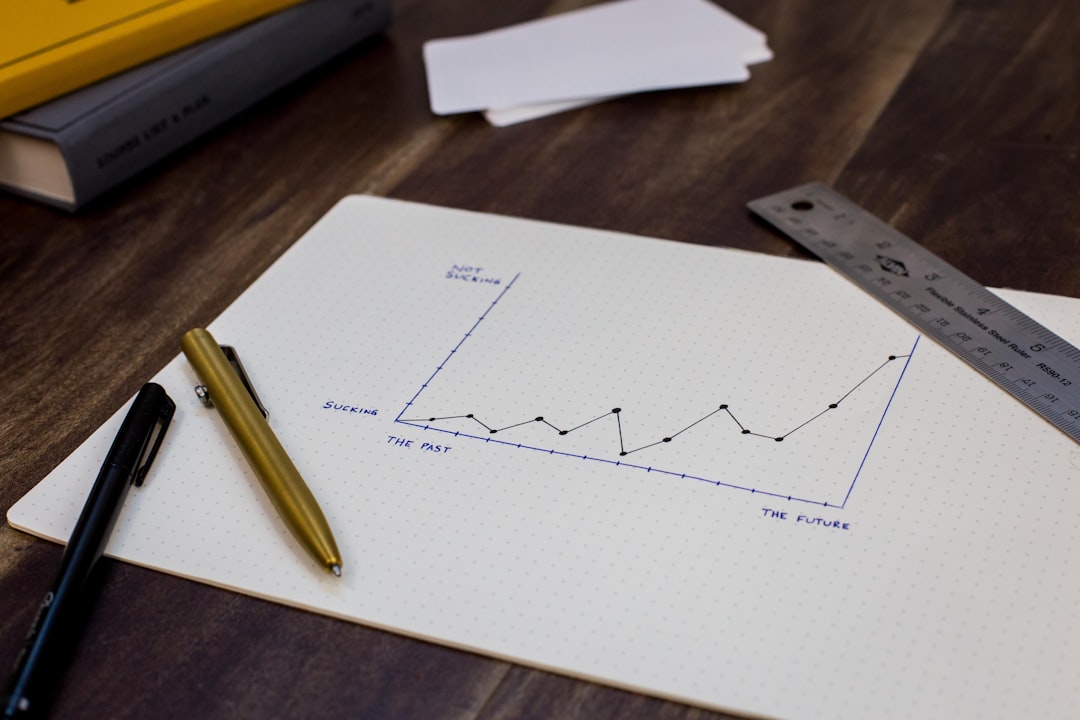The job of being a stakeholder in the business of supply chain is no mean thing. One has to brace himself always for the worst to hit. It is a highly vulnerable field where multiple parties are actively involved, money worth billions are at play, motley of products and services is catered and one needs to go beyond all the temporal and spatial hindrances to keep up with the changing face of the market. Yes, the market itself is volatile because the trends and the paradigm with regards to all and sundry keep on getting changed. It is an industry that has attuned itself to the dimensions of change and can handle a good amount of disruptions.
The problem arises when the obstacles that come in the way of the business are unforeseen and unprecedented. It is a known adage that business of any kind must entail its own set of risks. So does the logistics industry. Hence it knows how to deal with issues that emanate from stockout, order delays, transportation capacity and so on. However, when the opponent is a stranger and the turf is unknown, the game becomes a tough call. So it happens when major incidents of failures happen or may stand at the verge of happening due to unusual occurrences, like natural calamity. And while referring to such calamitous incidents, we must mention the most ground-breaking thing that has changed the face of the world: the pandemic: Covid-19. A classic example of a double-edged sword, this rampage of malady has altered all the existing patterns and what we knew as normalcy seems to be a matter of a distant past. And along with all the trends that have been set or reinstated in these days and times, the importance of leveraging a wide range of analytical techniques has also resurfaced. The supply chain executives have come to know the newfound indispensable nature of statistics, analytics for the purpose of comprehending further disruptions, knowing the pliability of the markets, modelling or re-modelling the operations and goals and building a bastion to buttress the billion dollar industry from shutdowns or unexpected disturbances, giving rise to the dictum: ‘Data is the new gold’.
Business analytics must have a wide-range of goals before it. Not only does it have the task of tracking and documenting the data but also align itself to various short-term, mid-term and long-term objectives of zeroing in on the effects of disruptions on business and thereby minimising the negative effects through the means of predicting, gauging alternative modus operandi and revamping the entire paradigm of the industry. In this article, we would briefly touch upon these various aspects of business analytics that may hold the power of rendering new identity to the industry.
1. Track: The very rudiment of statistical analyses is the collection of data. A company must have a pool of data so that it can be leveraged and all the further actions can be undertaken on the basis of it. Hence, it is of optimum importance that companies clinch and have a good eye for data that floats everywhere around; either provided by any public or private agency or real-time data gleaned through sophisticated tools. This data provide with the help of ultra-modern gizmos, developed by artificial intelligence can be of tremendous help because unlike the past data that has been amassed by surveys and observations, they are based on the very living present, making the task of foreseeing the future easier.
2. React: Once the data has been collected and analysed and a pattern has been discovered, it is the task of the business executives to take corrective measures on the basis of that in order to mitigate the impact and stop the occurrences from happening further. For example, with the help of WMS and service automation, warehouse authorities may come to know of the delays or the errors that are happening repetitively in a particular category of items or by an employee and through the help of standard regulations laid out by the said company, can take actions to resist further untoward happenings.
3. Prediction: Predictive analytics is one imperative school of analytics that can fetch benefits in business modelling. Once the short-term goals in the form of immediate discrepancies are allayed, companies must focus on recapitulating the goal orientation of the companies to bring about a bigger, slower and long-term change. This conversion or convergence must take place at the policy-making table and must happen on the formidable grounds prepared by the assumptions, predictions and observations pertaining to future demands and mutability of the market. And this daunting task of customising the entire industry by adding resilience to deal with further disturbances can only successfully come into being if there is a strong data analytical module that is followed.
To sum up the entire discourse, it must be mentioned that analytics has itself become a trendsetter that can be used to its hilt with the eventual intent of shaping, growing and giving a clear vision to an entire industry. In order to acclimatise business with changing environs, reaping benefits out of even the worst of the scenarios and to achieve optimisation in terms of time and resources, substantial amount of research and data interpretation must happen and happen rigorously and companies must also acknowledge its value and invest sensibly in it so that maximum ROI brings smile to all the concerned faces.

